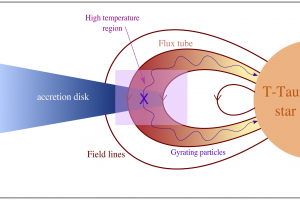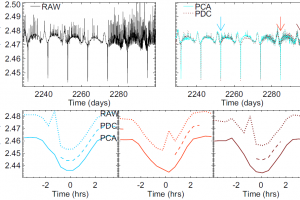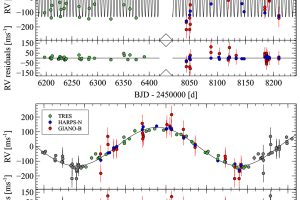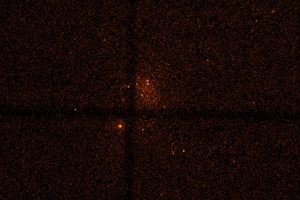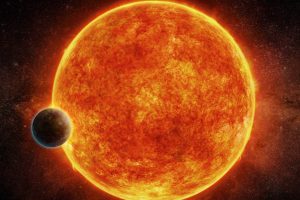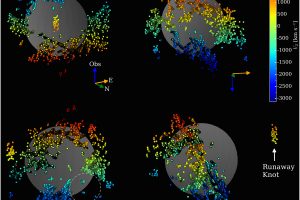Atmosphere and habitability in terrestrial planets. The study: “A systematic study of CO2 planetary atmospheres and their link to the stellar environment” of A. Petralia (INAF-OAPA) recently appeared on MNRAS
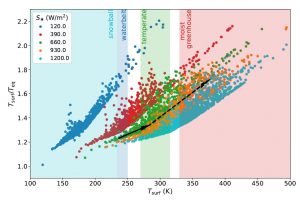
Terrestrial planets are common in the Milky Way. It has been estimated, in fact, that at least 30% of stars in the Solar neighborhood host a terrestrial planet, and this fraction increases to 40% considering the habitable zone around all M stars (e.g. stars with effective temperature between 2400 and 3700 degrees) of the Galaxy. The habitable zone is defined
» Read more


